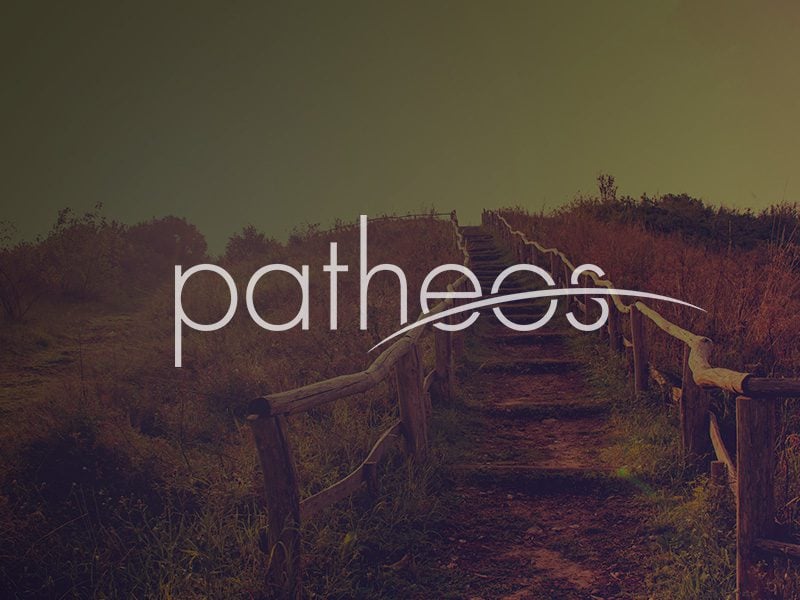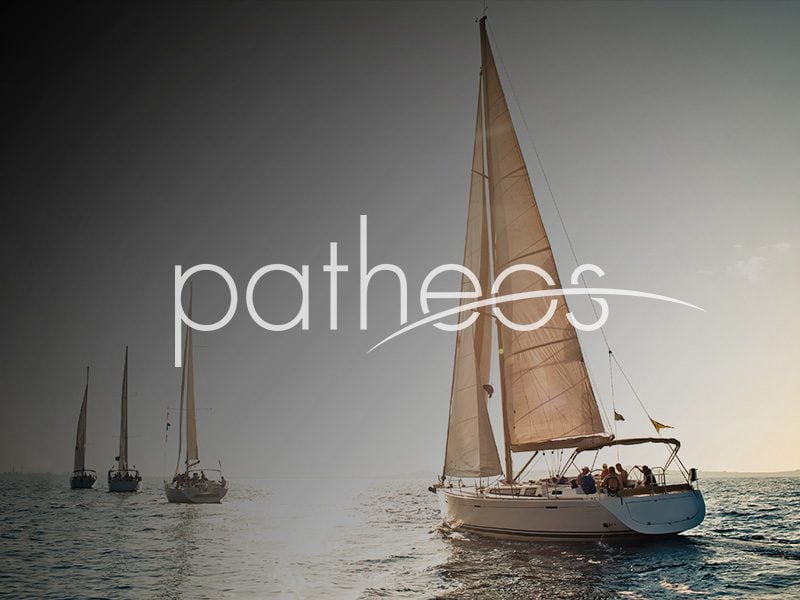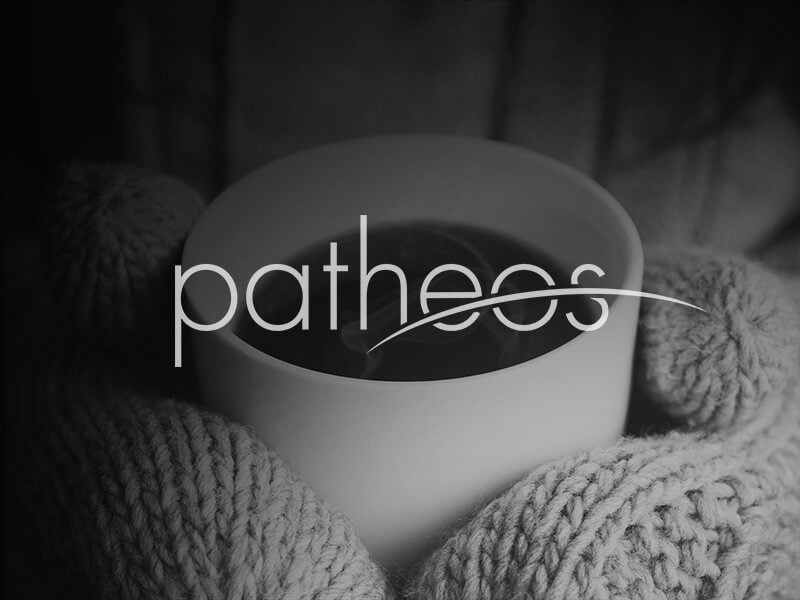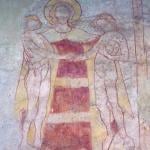I was so glad to read that you’ll be in our neck of the woods–Valley Forge, PA in August. I hope to get to finally meet you!
I’ve been reading your postings regarding music in the liturgy. I thought I’d include (at the end) some seasonal liturgical music docs I’ve prepared for my choir and cantors at the parish where I’m Music Director here in Southern New Jersey to, hopefully, show ‘the other side of the story’.
I’m a classically trained musician with a degree from the music school of Duquesne University, considered one of the better training grounds for church musicians in the country. I was agnostic during the years I attended (having left the Church at age 16), but I certainly received excellent training and experience in Gregorian chant there and have both studied and performed music from all musical periods. I’d been a soprano soloist in several mainline Protestant churches during that period and sang the ‘rep’ from their hymnals at that time. In 1977, I had a dramatic rebirth in the faith when praying with a guest on the 700 Club program. Over the next three years, my husband, Rick, and I sojourned through several evangelical, fundamentalist and pentecostal churches. Then, in 1980 my husband (also a classical orchestral musician) and I entered the Catholic church—I as a revert and he as a convert. From what I observed at that time, the mass at the parish we attended, save the Eucharist, seemed to bear little resemblance to my pre Vatican II or even late ’60s memories. Looking back since then, I’ve wondered if we would have remained had the music there not slightly resembled the pop music we knew from our Evangelical worship experiences. Unlike many who yearn for a return to the past, my memory of music in the Catholic church from my youth was of simply awful organists banging out old, very poorly written hymns loudly and tastelessly.
Needless to say, it took several years for my husband and me to detox fully from the anti Catholic bias and propaganda we’d learned and to slowly grow into a full belief in Catholic dogma. During the course of this strange faith journey of ours, our backgrounds and livelihood as classical musicians had become sharply separated from what we’d come to think of as worship music, learned from our evangelical days.
We both embodied and straddled what has tragically become, in many places, the divorced worlds of classical music and worship through a strange amnesia which had set in over time. I remember having been told once by a young Baptist pastor that the purpose of all my classical training, naturally, was that I would lead hymns like “Victory in Jesus” on a rinky dink piano at the local YMCA where services were held and where we’d been re-baptized in the pool!! 🙂 Nearly every church pastor with whom we’d been involved during that period had voiced similar prophesies about why God had brought us to their church, which were usually along the lines of God’s having led us to them so that they could straighten out our doctrinal issues from previous denominations while utilizing our musical gifts there! After those experiences, which would have cut us totally cut off from classical music in worship altogether, the soft pop tunes of Haugen, Haas, the St. Louis Jesuits and Western Priory that we were hearing didn’t sound too shabby to our ears in comparison. And since, beginning at that time in the early ’80s, we had decided to home school our kids, we didn’t have the time or energy to nitpick.So, when I was called about a church music director position during the ’90s, I had no idea what would be expected of me, and neither did the priests, from what I could tell! So, with OCPs Today’s Liturgy magazine as a guide, (quite a radical perspective was being promoted by them back then) I began my adventures in liturgy planning. Having studied the faith as an evangelical and later as a Catholic ‘revert’, I knew bad theology/lyrics when I saw them, and as a singer and organist, I knew bad melody and harmony. Much of OCP’s suggestion list was pretty bad both. I navigated the best I could, trying to choose the highest quality hymns from among what was available.
Fast forward 20 years and I think it’s safe to say that things have begun to improve. I’m blessed with a marvelous priest as my pastor who appreciates what I do and a wonderful group of singers. I must part company with those who think the solution to the widespread lack of reverence at mass and the poor music and catechesis of the past 40 years is a return to the Traditionalist Latin mass and Gregorian chant. I do use a Latin mass during Lent and Advent and quite a few
classical hymns in Latin and also some chant when appropriate.However, I recently attended a Tridentine rite mass a few weeks ago at a large parish where the pastor refuses to allow OCP or GIA’s books to grace his pews. Trust me when I say that those old Italian hymns printed on laminated sheets in the pews can’t begin to compare melodically or textually to dozens of fine traditional hymns in GIA or OCP’s Breaking Bread/Music Issue. No, I’m not on their payroll, 🙂 and I still don’t use the vast majority of what they suggest for liturgical music selections from their hymnals, because it’s simply low quality music and because many texts are still very questionable in content. But, over the past few years, I’ve been witnessing a subtle but steady change in their publications, which seem to be moving in the direction of more high quality hymns and improved texts, thanks to what I assume to be better oversight of both the composers and lyrics. I’d read that the USCCB has considered requiring narrowing publishers to using 100 hymns as standard for the liturgy throughout the country. I’m not sure if that’s still on the table or how the Spanish would fare in such a decision. It does seem that much of the music composed and promoted for use in the Catholic liturgy in the US since the ’70s was created with the mindset that the post conciliar mass was now nothing more than a praise and worship service, hence my comfort level, I suppose, having migrated from that. On the other hand, in order to not discourage people’s heartfelt attachment to this music, a simple solution would be to institute a weekly evening praise and worship service or to dedicate some time before certain weekend liturgies for them to sing those songs, if the interest is there. Reserving some place for that music, at least transitionally, would be the kind thing to do. To make this shift radically, as some would advocate, would be unnecessarily harsh, considering that people in the pew did not teach this music to themselves and were unwittingly led down this path for the past 40 years. I believe, even more critical, is the need for Bishops and priests to begin to teach their musicians and parishoners that the sacred liturgy must be filled with reverent, Christ centered music executed in a spirit of reverence and majesty.
In trying to choose the best quality melodies and liturgical texts, one is not limited to merely a few styles of music, despite the opinions of those who stridently call for a return to ‘tradition’. They seem unaware that much of the music they like (and yes, often it’s often simply a personal bias that is dictating their preferences) has been borrowed from Anglican or Lutheran hymnody or written by second rate (at best) Italian composers from the late 1800s. Despite OCP’s (and even GIA’s) years of promoting pop style composers, their publications (despised by most ‘traditionalists’) possess the greatest number of fine hymns from the most varied traditions. Unfortunately, many musicians don’t use them!
There seem to be some misconceptions floating around the blogosphere regarding the skill levels of pastoral musicians. It is true that those levels have been extremely varied for many years. Often, however, the reason for the short hymn lists used in some parishes is not always the organist’s skill. Rather, many musicians choose hymns that reflect what the parishoners or priests like for fear of negative feedback. And while many organists/keyboardists have, in the past, been very limited in their skills, this does not seem to be generally as prevalent today, due to somewhat better, though often still sub par, wages. I find that there are plenty of moderately skilled church musicians who are capable of providing better music but who take the route of ‘playing it safe’ for many reasons. Then there are the musicians, and this includes volunteer cantors, who clearly have an agenda which they aggressively push on the congregation through their musical selections, to the point of even defying the wishes of their pastors. Their aim seems to be to take the liturgy in their own hands and to provide meaningful worship experiences, ie. ‘soulful’ as in Evangelical megachurch and/or African American gospel service styles. Why this is tolerated by priests, I don’t know, but it clearly is. Some priests seem to like it, but others are so afraid of losing an organist or cantor that, to ensure that there is always music at every mass, they will put up with just about anything, even outright disobedience.
Rather than leaving this complex current situation to pastoral musicians or music publishers to solve, it is obviously the responsibility of Bishops and competent advisors to tackle. This picture will change when Bishops and priests begin to make oversight of musicians’ liturgical planning a priority, which many don’t seem inclined toward or feel qualified to do. One solution to this current situation which has been put forth in some dioceses that isn’t likely to work) is to require advanced degrees. As you, I’m sure, are aware, Mark, in the arts, talent, skill and musical taste (and obedience to one’s bishop or priest) are not synonymous with multiple degrees. So, solving this problem will require prayer, vision, right priorities, education, oversight and yes, skill and obedience on the part of the pastoral musician.
Thanks for this. As a non-musician, I don’t have much to add, but I am grateful for people like you who are turning things around from the days of “Anthem”, “Sing a New Church” and “City of God”. God bless you!











